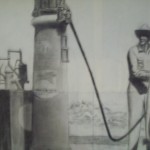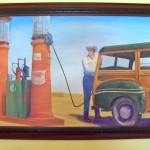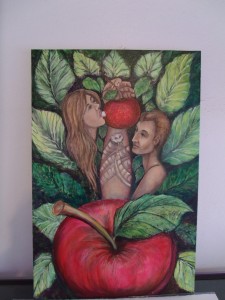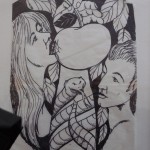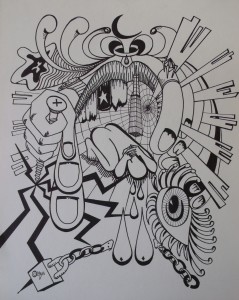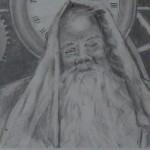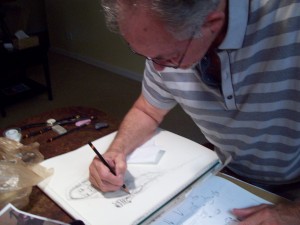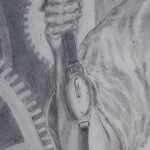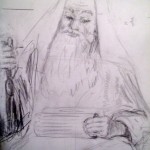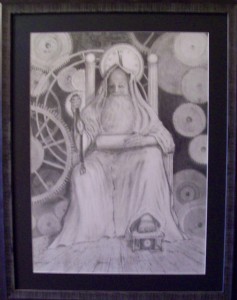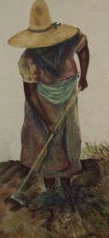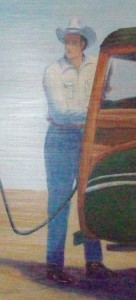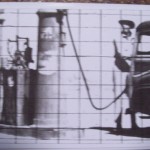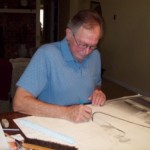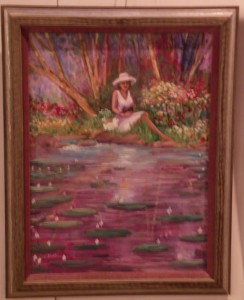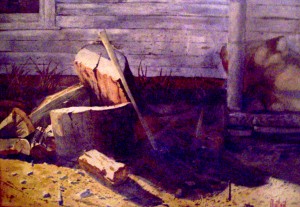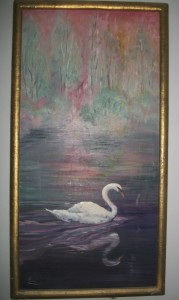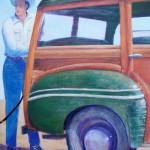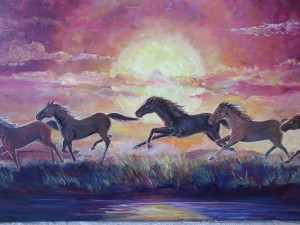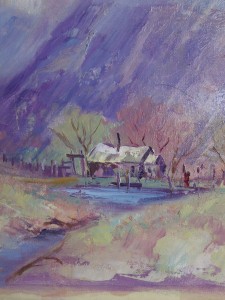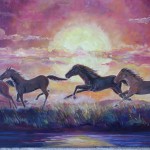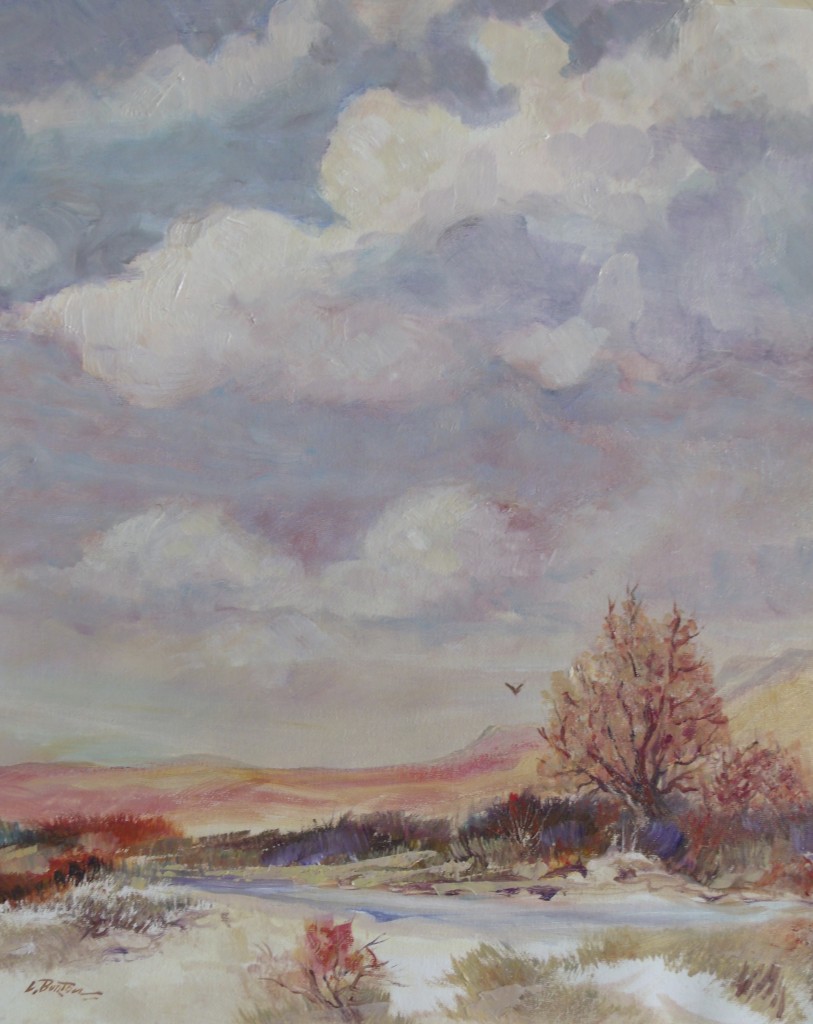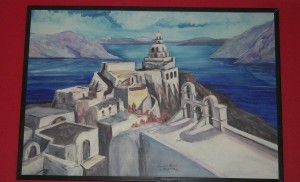
Before retiring and devoting the rest of my energy into art and art promotion, I spent forty years of my life in direct sales, the greater portion of this time was spent in executive sales management. With my love of art, I felt I would make an ideal promoter. I never had any doubt in my talent and I wanted the Art Center Information sight to help promote my family’s and my own art. The sight also attempts to be informative, discussing styles, techniques, genres, and overall training tips. However, I also want to use it to help others promote their art, using the blog to interview and forward information to their sights, helping them to become more visible in the super sphere of the internet.
I’ve held off on the latter until I feel we have enough visitors to the sight to be able to truly help artists and progress art through awareness. We’re not yet there, but we are getting close. I’ve pretty much stayed within the niche of art and photography, not falling prey to gimmicky techniques to building the sight to a mass made up of an uninterested crowd. We have had several artists that sent a comment acknowledging interest in being interviewed on the sight, and we have stored these and will be getting in touch when we are ready.
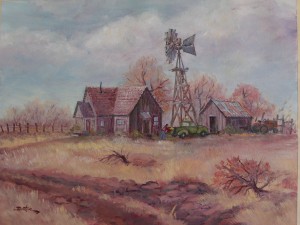
Having come from a world of sales management and promotion, I find that all the rules of accomplishment are the same, whether it is getting started on a work of art, or selling art work.
In the sales field, people are always talking about motivation, perspiration, innovation, inspiration and any variations of these terms. All are important; however, if not implemented they are just words.
Of the four words, which do you think is the most important? When asked, many people will say perspiration. There is a good reason for this: we have all been taught that perspiration is ninety-nine percent of any accomplishment. Guess what, without the one percent, you can never get to perform the ninety-nine percent.
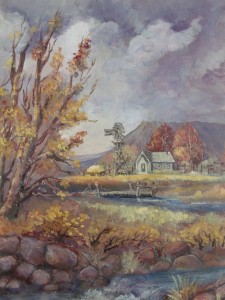
Think of it like this: You want to start a new painting, or you decide you need to start promoting and selling your art that you’ve already completed. You just don’t feel inspired to accomplish this. It isn’t going to happen until you manage the one-percent to get started.
Inspiration is the starting point. Consider it the starter button to turn on the engine. It is the spark in the carburetor. It is the fuel which furnishes the ninety-nine percent. As long as you remain inspired you will have all it takes to succeed. It all comes down to one thing: HOW BAD DO YOU WANT IT? If you define this question and ingrain it into your heart and soul, it will be the motivation, innovation and perspiration needed to succeed. However, without inspiration, it will never happen. Today is the day. Push the button and get started. There’s a beautiful world out there. Paint it! Sell it!
